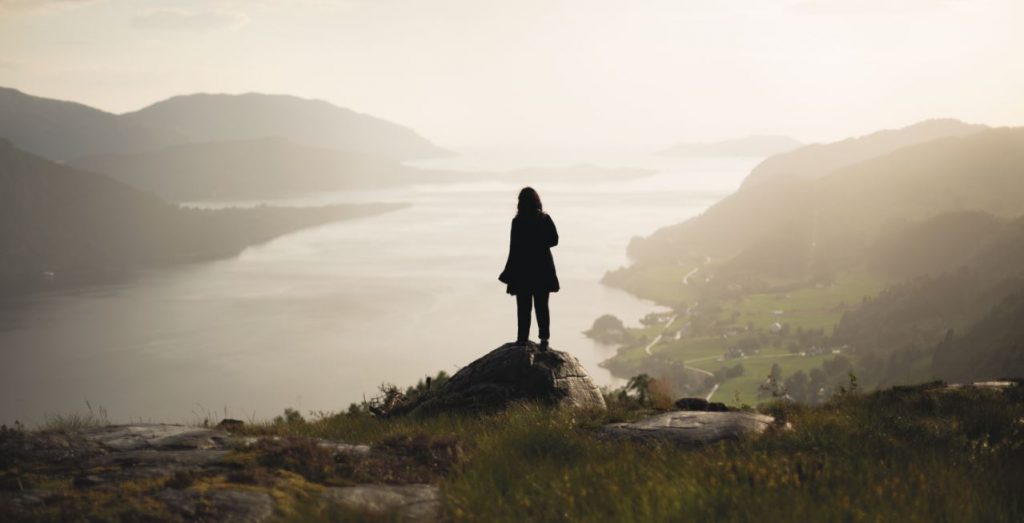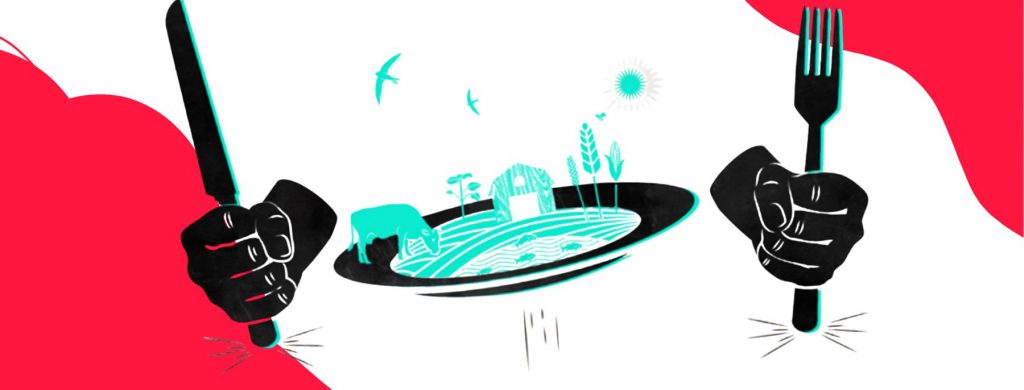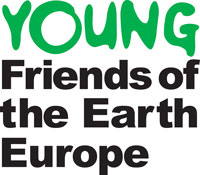Guest blog from Naturvernforbundet/Friends of the Earth Norway
Norway, the first country to have a minister of environment, whose former prime minister coined the term ‘sustainable development’, is seemingly on a mission to trash its green image. Shooting its few remaining wolves, pumping oil in the Arctic, and dumping toxic waste in its pristine fjords – how did it come to this?
1. Oil: trashing the Arctic
With its well-publicised trillion-dollar pension fund divesting from fossil fuels, Norway likes to be seen as a frontrunner on climate policies. During the Kyoto climate talks, Norwegian diplomats talked boldly of reducing greenhouse gas emissions by 30 per cent by 2020.
But that’s not what’s happening back home. Instead of reducing emissions, Norway is increasing them. Meanwhile, neighbouring Sweden has reduced its emissions by 27 per cent over the same time. One three-letter word explains this difference: oil.
Norway is one of the most oil-dependent economies in the world. But instead of trying to reduce its dependency, it is increasing it. Since 1990 the greenhouse gas emissions from Norway’s massive oil industry have increased by 80 per cent.
And the thirst for new oil means drilling is moving into ever-more ecologically fragile areas. Earlier in September, the government launched a new round of fossil fuel licensing, handing over new areas of the ocean to the oil industry. Last time they opened up 50 new oil drilling concessions in the delicate Arctic zone.
2. Dumping toxic waste into fjords
Norway’s fjords are famous, attracting hundreds of thousands of tourists every year. Yet instead of protecting the fjords and their marine wildlife, Norwegian authorities are giving them away to mining companies to use as dumping sites for the mountains (literally) of toxic waste generated by many mines.
Norway is one of only five countries left in the world which permits the regular dumping of mining waste at sea. Even big mining countries like Russia and China have banned the practice, leaving Norway in the company of only Papua New Guinea, Turkey, Indonesia and Chile.
But of these, Norway is the only country planning to open new mines which will dump their toxic sludge in the open water – with terrible consequences for fishermen, local communities, and wildlife.
But the government shows no signs of wavering. In September, Norway allied with Turkey to oppose an international agreement to ban disposal of mining waste at sea. Norway’s environment minister commented that Norway has been dumping mining waste at sea for 30 years, and intends to continue for 30 more.
3. The massacre of wolves
Norway’s most endangered and most highly protected mammal is the wolf. It’s one of the five top predators in Norway – alongside the brown bear, wolverine, lynx and golden eagle. But a new government ruling threatens to wipe out the few that remain.
Over the second half of the nineteenth century, the wolf population was decimated, falling from more than 2,000 to near-extinction. In 1973 wolf hunting was made illegal, helping to restore the population to a precarious population of roughly 65 today.
Last week, the government authorised the killing of 47 of them this winter.
The committee responsible claims to be helping sheep farmers who lose small numbers of sheep to wolves. Yet wolves are responsible for just 1% of sheep deaths during their summer months when flocks are put out to graze on mountain slopes. And farmers are rightly compensated for these losses.
One wolf pack targeted for extermination this winter is even in an area where there have been zero reported killings of farm animals or conflicts with the farmers.
And the mindless killing doesn’t stop there: earlier in the year, the government also opened up hunting of the golden eagle.
From climate to conservation, the Thatcherite government of conservative Prime Minister Erna Solberg is failing on all fronts. So much for ‘sustainable development’.







